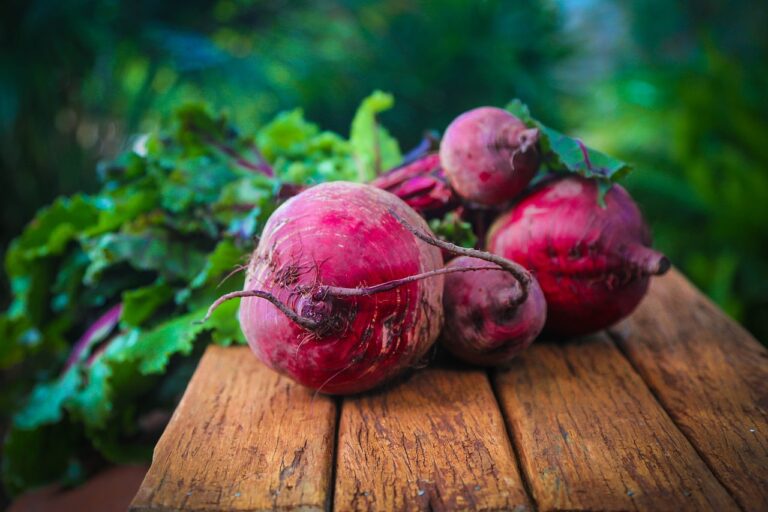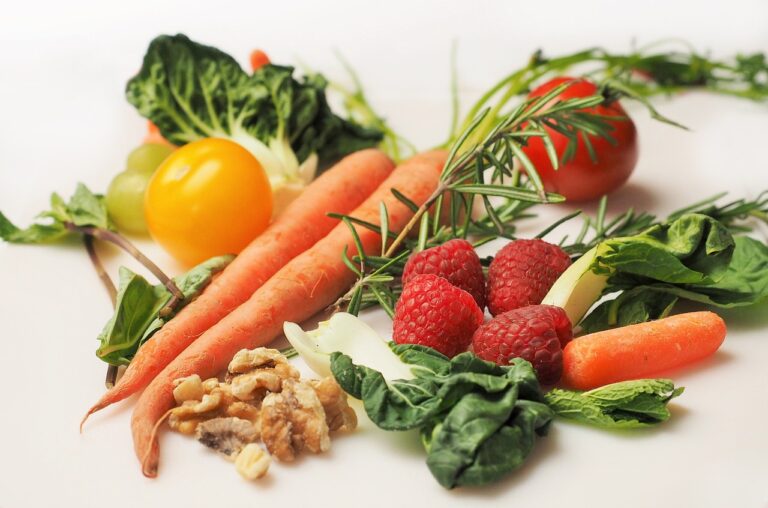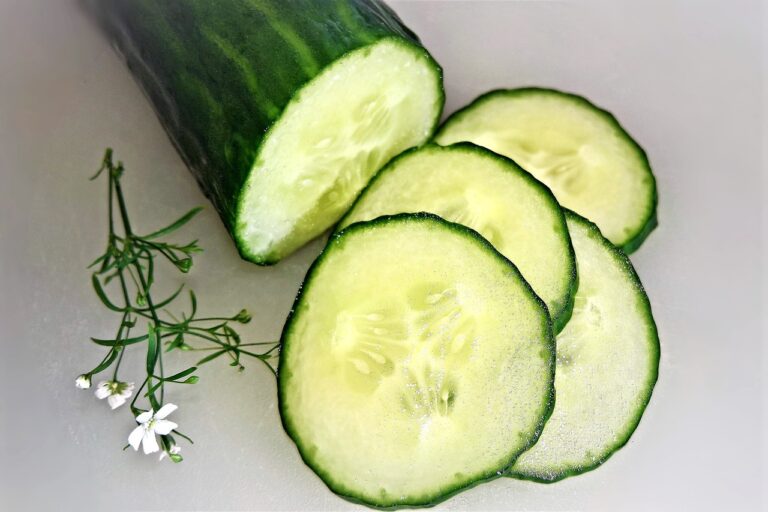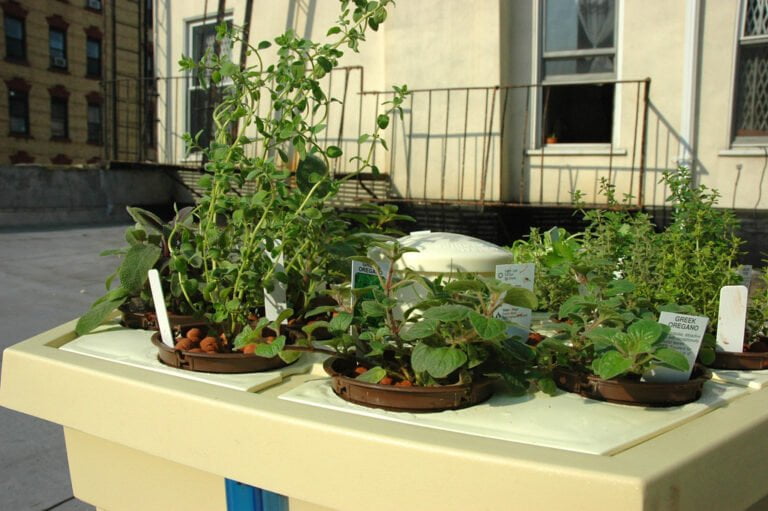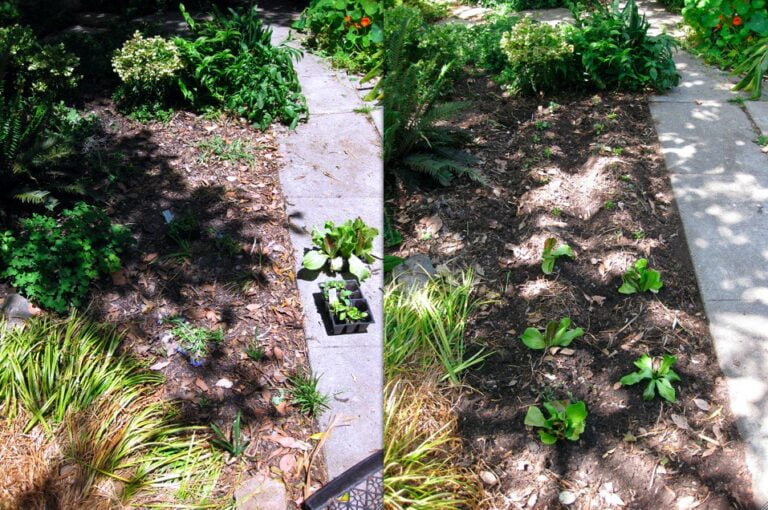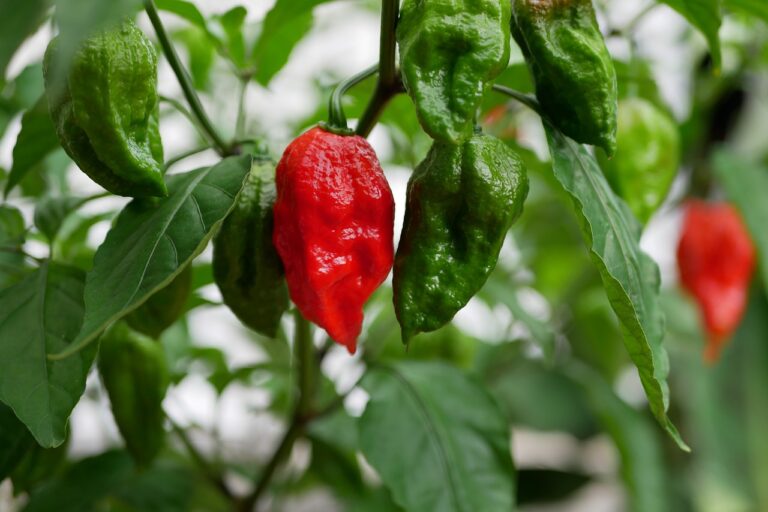The Process of Growing Romaine Lettuce
Are you interested in growing your own delicious romaine lettuce? Look no further! This article will guide you through the process of growing romaine lettuce in a practical and detailed manner. You'll learn everything from selecting the right variety to troubleshooting common issues. With simple steps and helpful tips, you'll be able to enjoy fresh, homegrown romaine lettuce in no time. So, let's get started on your journey to becoming a successful romaine lettuce grower!
Selecting the Right Variety
To select the right variety of romaine lettuce, you need to consider factors such as taste preferences, growing conditions, and disease resistance. When it comes to taste preferences, think about whether you prefer a sweeter or more bitter flavor. Some varieties have a milder taste, while others have a more pronounced flavor. Next, consider the growing conditions in your area. Different varieties thrive in different climates, so choose one that will perform well in your region. Lastly, prioritize disease resistance. Look for varieties that are resistant to common lettuce diseases, such as powdery mildew or lettuce mosaic virus. By considering these factors, you can ensure that you choose a romaine lettuce variety that not only suits your taste buds but also thrives in your garden or farm, providing you with a bountiful harvest.
Preparing the Soil
Now that you've selected the right variety of romaine lettuce, it's time to prepare the soil for optimal growth. Start by clearing the area of any weeds or debris. Loosen the soil using a garden fork, breaking up any clumps and ensuring good drainage. Next, enrich the soil with organic matter such as compost or well-rotted manure. Spread a layer of this nutrient-rich material over the soil and mix it in thoroughly. This will provide essential nutrients and improve the soil structure. Consider conducting a soil test to determine its pH level and adjust if necessary. Romaine lettuce prefers a slightly acidic soil with a pH range of 6.0 to 7.0. Finally, water the soil thoroughly to ensure it is moist but not waterlogged before planting your romaine lettuce seedlings.
Planting the Seeds
Clear the area and prepare the soil before planting romaine lettuce seeds. Begin by removing any weeds or debris from the designated planting area, ensuring that it is clean and free from any obstructions. Loosen the soil using a garden fork or tiller, breaking up any clumps and creating a loose, well-draining bed. Incorporate organic matter, such as compost or well-rotted manure, to enrich the soil and improve its structure. Romaine lettuce prefers a slightly acidic soil with a pH level between 6.0 and 6.8. Once the soil is prepared, create furrows or rows using a rake or your hands, spacing them approximately 12 to 18 inches apart. Plant the romaine lettuce seeds about ¼ to ½ inch deep, placing them evenly along the furrows. Gently cover the seeds with soil and water thoroughly, keeping the soil consistently moist until germination occurs.
Providing Adequate Water
Start by ensuring that you water your romaine lettuce plants adequately. Water is essential for their growth and to prevent them from drying out. When watering, make sure to provide a deep soak rather than a light sprinkle. This encourages the roots to grow deeper into the soil and helps the plant become more drought-resistant. Aim to water the plants at least once a week, allowing the soil to dry slightly between waterings. However, be mindful not to overwater, as this can lead to root rot and other diseases. To determine if your plants need water, stick your finger into the soil about an inch deep. If it feels dry, it's time to water. Remember to water the base of the plants and avoid wetting the leaves, as this can promote fungal growth. By providing adequate water, you're ensuring the healthy and vibrant growth of your romaine lettuce plants.
Applying Organic Fertilizers
To continue promoting the healthy growth of your romaine lettuce plants, it is important to apply organic fertilizers. Organic fertilizers provide essential nutrients to the soil, ensuring that your lettuce plants have everything they need to thrive. One option is to use compost, which not only enriches the soil but also improves its structure and moisture-retaining capacity. You can make your own compost by collecting kitchen scraps and yard waste and allowing them to decompose naturally. Another option is to use well-rotted manure, such as from cows or chickens. This type of organic fertilizer is rich in nitrogen, phosphorus, and potassium, which are vital for plant growth. Remember to apply the organic fertilizers according to the instructions on the packaging or based on the specific needs of your lettuce plants. With the proper application of organic fertilizers, your romaine lettuce plants will be healthier and more productive.
Controlling Pests and Diseases
To effectively control pests and diseases in your romaine lettuce plants, utilize regular inspections and implement preventative measures. Start by regularly inspecting your plants for any signs of pests or diseases, such as wilting leaves, holes in the foliage, or discoloration. If you spot any issues, take immediate action to prevent them from spreading. Remove any infected or infested plants and dispose of them properly. In order to prevent pests and diseases from affecting your lettuce, consider using natural pest control methods such as introducing beneficial insects like ladybugs or using organic insecticides. Additionally, practicing good sanitation in your garden by regularly removing debris and fallen leaves can help prevent the spread of diseases. By being proactive and vigilant, you can ensure healthy and pest-free romaine lettuce plants.
Pruning and Thinning the Plants
To prune and thin your romaine lettuce plants, begin by assessing the overall health and density of the foliage. Look for any signs of disease or pest infestation, such as yellowing leaves or holes in the leaves. If you spot any damaged or diseased foliage, carefully remove it using clean shears or scissors. This will help prevent the spread of disease to the rest of the plant. Next, evaluate the density of the plants. Romaine lettuce plants need adequate space to grow and thrive. If the plants are overcrowded, it is important to thin them out. Gently pull out the weaker plants, leaving only the healthiest ones to grow. This will allow the remaining plants to have enough space, nutrients, and sunlight to develop into robust and flavorful lettuce heads. Remember to water the plants after pruning and thinning to promote their growth and ensure their overall health.
Harvesting the Lettuce Leaves
Once you have pruned and thinned your romaine lettuce plants, it is time to move on to the next step: harvesting the lettuce leaves. Harvesting your lettuce at the right time is crucial to ensure its freshness and taste. When the leaves are mature and full-sized, you can start harvesting. Gently grab the leaf close to the base and give it a firm tug. The leaf should come off easily from the plant. Harvest from the outer leaves first, as this allows the inner leaves to continue growing. Avoid tearing or damaging the leaves as you harvest. Rinse the harvested leaves with cool water and pat them dry before using or storing them. Remember, freshly harvested romaine lettuce leaves will provide the best flavor and texture for your salads and dishes.
Storing and Preserving the Lettuce
To store and preserve your romaine lettuce, follow these simple steps. First, gently remove any excess moisture from the leaves by patting them dry with a paper towel. Next, wrap the lettuce loosely in a damp paper towel, then place it in a plastic bag or container with a lid. Make sure to leave some room for air circulation to prevent the lettuce from wilting. Alternatively, you can store the lettuce in a perforated plastic bag to allow for proper airflow. Lastly, place the lettuce in the crisper drawer of your refrigerator, where it will stay fresh for up to a week. Remember to check the lettuce regularly for any signs of spoilage and discard any wilted or slimy leaves. By following these steps, you can enjoy crisp and delicious romaine lettuce for longer.
Troubleshooting Common Issues
If you encounter any problems while growing romaine lettuce, here are some common issues to watch out for. One issue you may face is pests. Aphids, slugs, and snails can all damage your lettuce plants. To combat this, regularly inspect your plants for any signs of pests and use organic pest control methods if necessary. Another common problem is disease. Lettuce can be susceptible to fungal diseases such as powdery mildew and downy mildew. To prevent these diseases, make sure to provide good air circulation and avoid overwatering. Additionally, inadequate sunlight can cause leggy growth and weak plants. Ensure that your lettuce plants are receiving at least 6 hours of direct sunlight each day. By identifying and addressing these common issues, you can successfully grow healthy romaine lettuce.
Conclusion
In conclusion, growing romaine lettuce requires careful selection of the right variety, proper soil preparation, and regular watering. Organic fertilizers can help provide essential nutrients, while pruning and thinning the plants promote healthy growth. Harvesting the lettuce leaves at the right time and storing them properly will ensure their freshness. By troubleshooting common issues, you can overcome any challenges that may arise during the growth process. With these steps, you can enjoy delicious and homegrown romaine lettuce.

